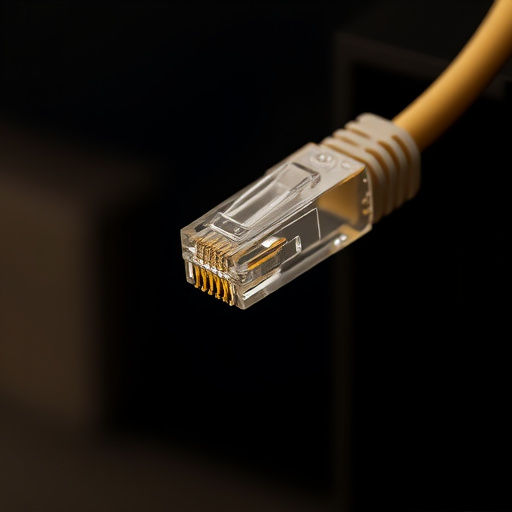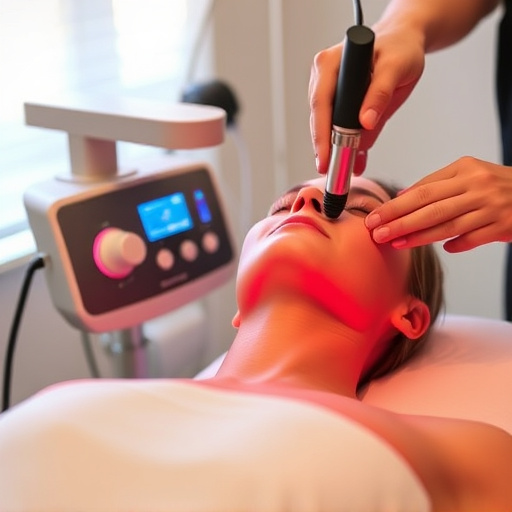Comprehensive skin analysis is a critical process in dermatology, offering a detailed look beyond surface appearances. Dermatologists use advanced techniques including visual exams, dermoscopy, and AI-powered software to assess skin texture, tone, elasticity, and existing conditions. This method enables precise identification of subtle cues of underlying issues, allowing for personalized skincare recommendations and tailored facials/treatments. By integrating various diagnostic tools, comprehensive skin analysis ensures a deep understanding of diverse skin conditions, empowering individuals to take charge of their skin health.
In today’s digital era, understanding skin conditions requires more than a cursory glance. Comprehensive skin analysis is a game-changer in dermatology, offering a detailed look into the tapestry of our skin’s health. This article delves into the multifaceted role of comprehensive skin analysis in diagnosis, treatment planning, and ongoing monitoring. From unravelling complex conditions to personalising care plans, explore how this advanced approach revolutionises skincare.
Let’s navigate through the world of comprehensive skin analysis and uncover its significance.
- The Role of Comprehensive Skin Analysis in Diagnosis
- – Understanding the necessity and benefits of a thorough skin analysis
- – Types of diagnostic tools used in comprehensive skin analysis
The Role of Comprehensive Skin Analysis in Diagnosis

Comprehensive skin analysis plays a pivotal role in accurately diagnosing various skin conditions and disorders. It involves meticulous examination and assessment of the skin’s health, structure, and functionality through advanced techniques. By delving into the intricacies of the skin, dermatologists can uncover subtleties that may not be apparent to the naked eye, enabling them to deliver tailored solutions. This process is instrumental in differentiating between similar-looking conditions, ensuring precise identification.
A comprehensive approach allows for a deeper understanding of an individual’s unique skin profile. It considers factors such as skin type, tone, texture, and any existing concerns or symptoms. With this information, customized facials and targeted facial treatments can be devised to address specific needs. The process promotes effective skincare management and drives the overall goal of achieving and maintaining healthy, radiant skin, enhancing one’s natural beauty through science-backed methods like skin rejuvenation.
– Understanding the necessity and benefits of a thorough skin analysis

A comprehensive skin analysis is an invaluable tool for both dermatologists and individuals seeking to unlock the secrets of their skin’s health. It goes beyond surface-level inspection, delving into the intricate details that contribute to overall skin condition. Through this methodical process, professionals can identify subtle changes, patterns, or anomalies that might indicate underlying issues or potential concerns. By examining factors such as skin texture, tone, elasticity, and any existing conditions, a thorough analysis allows for personalized recommendations tailored to an individual’s unique needs.
This approach is particularly beneficial when considering the vast array of skincare products and treatments available. A comprehensive analysis enables individuals to make informed decisions about their routine, ensuring that chosen facial treatments and body contouring techniques are compatible with their skin type and any specific conditions. Moreover, it empowers people to proactively manage their skin health, preventing potential issues before they become more serious, and fostering a lifelong relationship with professional skincare.
– Types of diagnostic tools used in comprehensive skin analysis

Comprehensive skin analysis leverages a multitude of advanced diagnostic tools to gain a deep understanding of various skin conditions. These range from traditional visual examination and manual palpation, which allow dermatologists to assess texture, color, and any visible abnormalities, to more sophisticated technologies like dermoscopy, confocal microscopy, and high-resolution imaging. Dermoscopy magnifies the skin’s surface, revealing subtle patterns and structures that may indicate potential issues, while confocal microscopy provides detailed 3D images of the skin’s layers for precise diagnosis.
Moreover, modern tools such as skin spectrophotometry and advanced analytics software play a significant role in comprehensive skin analysis. Skin spectrophotometry measures various parameters like melanin and erythema levels, aiding in the assessment of skin health and conditions like hyperpigmentation or rosacea. Analytics software, powered by artificial intelligence, analyzes vast datasets to identify patterns and correlations, potentially leading to improved treatments for issues like body contouring and skin brightening.
Comprehensive skin analysis plays a pivotal role in accurately diagnosing and managing various skin conditions. By employing advanced diagnostic tools, dermatologists can uncover intricate details about the skin’s health, leading to more effective treatment plans. This thorough approach not only enhances diagnosis but also empowers patients with a deeper understanding of their skin, fostering a proactive relationship with their skin’s well-being.














